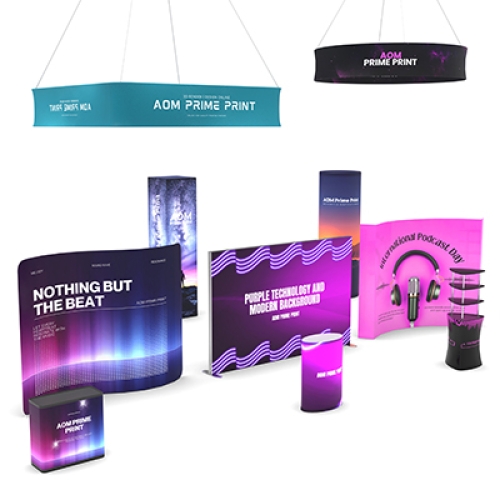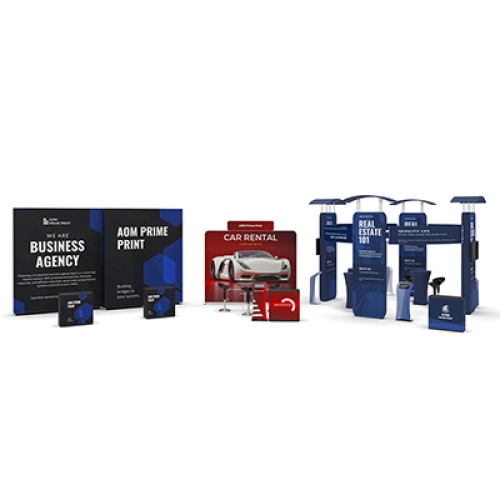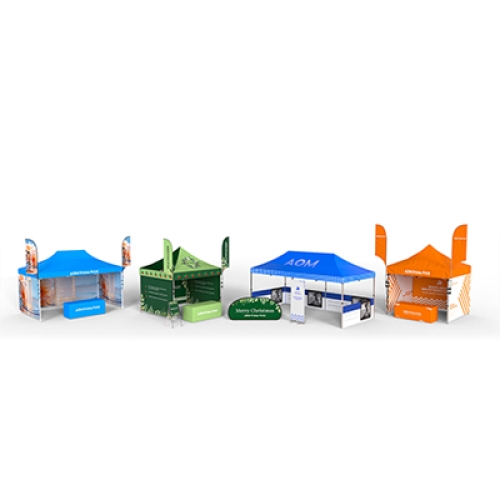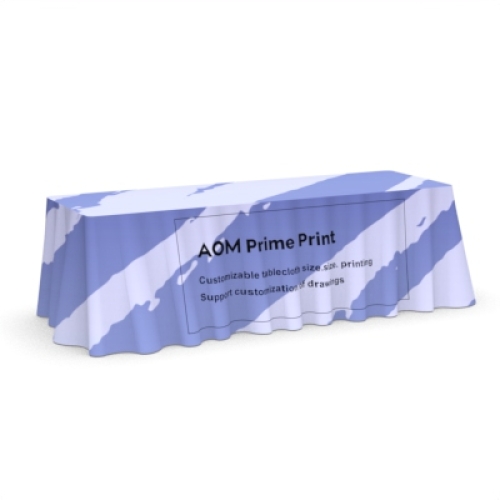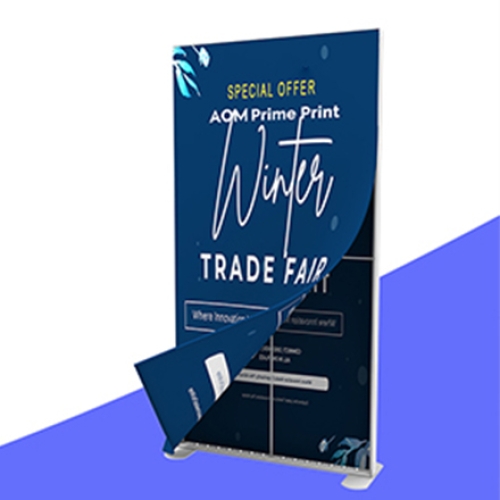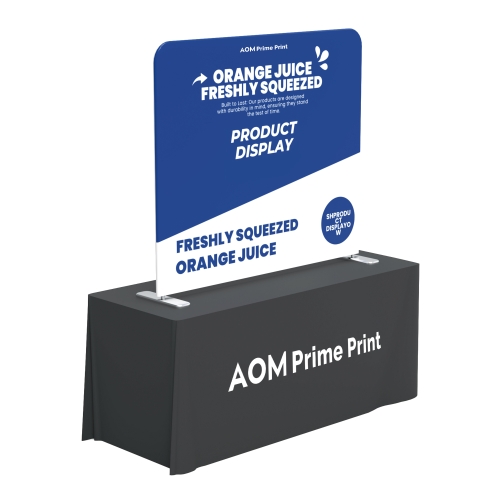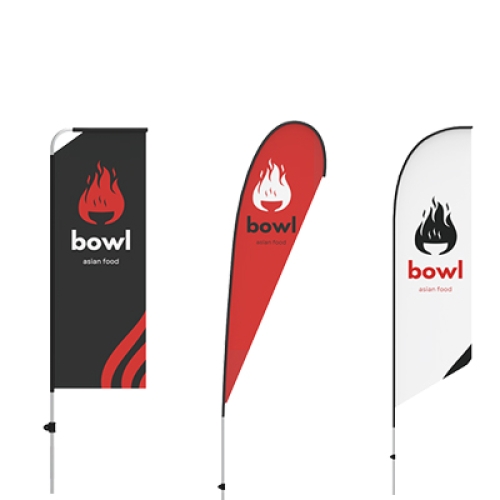Unlocking Multigenerational Success at Trade Shows: A Fresh Perspective
March 25th 2025
In today's fast-paced world, where technology evolves rapidly and cultural shifts shape consumer behavior, the need for generational marketing has never been more crucial. Trade shows, with their diverse mix of industry professionals, business leaders, and eager consumers, are the perfect place to put generational marketing strategies into action. However, merely identifying the needs of different generations is only the first step. To truly excel, brands must blend creativity, adaptability, and a deep understanding of audience behavior to craft a trade show experience that resonates with all ages.
Why Generational Diversity Matters at Trade Shows
Every generation carries its own set of preferences, communication styles, and expectations—especially when it comes to business interactions. These differences can be subtle but powerful, shaping how attendees engage with brands and how they interpret marketing messages. The multi-generational nature of trade shows provides a unique challenge: how do you attract Baby Boomers, Gen X, Millennials, and Gen Z, all in one space, while keeping your messaging relevant and compelling?
The answer lies in integrating multigenerational strategies that don’t just cater to one demographic but create a dynamic experience that appeals across the board. While the ultimate goal is often the same—capturing qualified leads and fostering long-term relationships—each generation’s path to that goal is distinct. By aligning your trade show strategy with the varied needs and preferences of each generation, you ensure that your brand remains accessible, engaging, and memorable to all.
Meeting Baby Boomers and Gen X Where They Are
Baby Boomers and Gen X have been pivotal in shaping the modern workforce, and they’re not slowing down anytime soon. While these generations may have different expectations from younger crowds, there are certain characteristics that bind them together when it comes to trade shows.
1. Relationship-Oriented Marketing: Baby Boomers and Gen X value trust, reliability, and personal connections. For these generations, it’s not just about the product or service you offer—it’s about who you are as a brand and how well you connect with them on a personal level. A sales pitch that feels too “scripted” or transactional can easily turn them away. Instead, prioritize building rapport, and listen to their concerns or needs. Let your staff act as trusted advisors, not just salespeople.
2. No-Nonsense Approach: Both generations appreciate efficiency. At a trade show, this means that your booth must be designed to quickly communicate the value proposition without unnecessary distractions. Clear messaging, direct benefits, and a strong call to action will resonate with these attendees. Don’t waste their time with abstract concepts—show them how your product or service will directly impact their business or lifestyle.
3. Convenience and Recognition: Acknowledge the importance of convenience when catering to these generations. Baby Boomers, in particular, may find digital tech overwhelming, so make sure your booth is easy to navigate and the technology easy to use. Consider hybrid solutions, like offering a digital brochure they can scan with their phone for more detailed product information or providing staff with tablets for quick demonstrations.
Appealing to Millennials and Gen Z: The Digital Natives
Now, let’s pivot to the younger generations who are shaping the future of the workforce and consumer market: Millennials and Gen Z. They may seem like polar opposites in terms of their preferences and communication styles, but both groups are tech-savvy, socially conscious, and crave personalized experiences.
1. Experience-Driven Engagement: For Millennials and Gen Z, trade shows are not just about collecting pamphlets or business cards—they’re about immersive, memorable experiences. With these generations, you need to think beyond traditional displays and incorporate interactive elements into your booth. Whether it’s through augmented reality (AR), gamified elements, or hands-on demonstrations, creating a unique, interactive experience can capture their attention and keep them engaged long enough to build a lasting impression.
Want to elevate your booth with cutting-edge interactive elements? We offer a range of innovative trade show supplies designed to bring your vision to life, from digital signage to interactive touchpoints!Click here to obtain it:https://www.aomdisplays.com/catalog/Trade-Show-Booths
2. Authenticity and Transparency: While Gen X and Baby Boomers might be more comfortable with traditional sales tactics, Millennials and Gen Z are much more skeptical of overly polished marketing messages. They are drawn to brands that align with their values and stand for something bigger than just profits. Authenticity matters. Your staff needs to be genuine and not just "selling" but also sharing the brand story, values, and mission. They are also keenly aware of social and environmental issues, so aligning your brand with sustainability or social responsibility can help differentiate your booth from the rest.
3. Digital Integration: Millennials and Gen Z live in a digital-first world, so incorporating technology into your trade show strategy is essential. From live social media interactions to QR codes for instant access to product info, making your booth tech-friendly is a must. The key is creating seamless transitions between the physical and digital realms, where they can engage with your brand both during the event and long after it ends. Encourage social sharing by creating visually striking displays or offering incentives for sharing posts about your booth.
Bringing It All Together: A Balanced Approach
The beauty of a trade show lies in its potential for cross-generational interaction. When you create a strategy that appeals to all generations, you’re not just attracting a broader audience—you’re building a stronger, more inclusive brand presence.
Here’s how to build a balanced, multigenerational trade show strategy:
1. Understand Your Attendee Personas:
Start by identifying the key demographics of your target audience and designing your booth and marketing materials accordingly. You may have to develop different approaches within your booth for different age groups, but always ensure that your messaging is cohesive and your branding is consistent across all touchpoints.
2. Design for Accessibility:
From tech-savvy Millennials to Baby Boomers who may not be as comfortable with technology, it’s important to create an inclusive environment. Make sure your booth is easy to navigate and offers both digital and traditional interactions.
3. Prioritize Human Interaction:
Regardless of generational preferences, people still value human connection. Train your staff to engage with attendees on a personal level. For older generations, this might mean in-depth conversations about the product’s value. For younger generations, it may mean focusing on the experience and maintaining an authentic, transparent approach.
4. Use Technology to Enhance, Not Replace:
While digital engagement is critical for younger generations, don’t rely entirely on technology at the expense of personal interaction. Balance tech features with meaningful face-to-face engagement, as trade shows are still fundamentally about building real-world relationships.
Conclusion: Flexibility and Adaptation Are Key
As trade shows evolve, so too should your strategies. A successful trade show experience is about more than just the products or services you’re showcasing—it’s about understanding the generational dynamics at play and creating an experience that speaks to everyone. By blending relationship-driven tactics with cutting-edge digital activations, you can ensure that your booth not only stands out but resonates with attendees of all ages. In the end, multigenerational trade show strategies aren’t just about reaching a broad audience—they’re about creating meaningful connections that last long after the event has ended.

